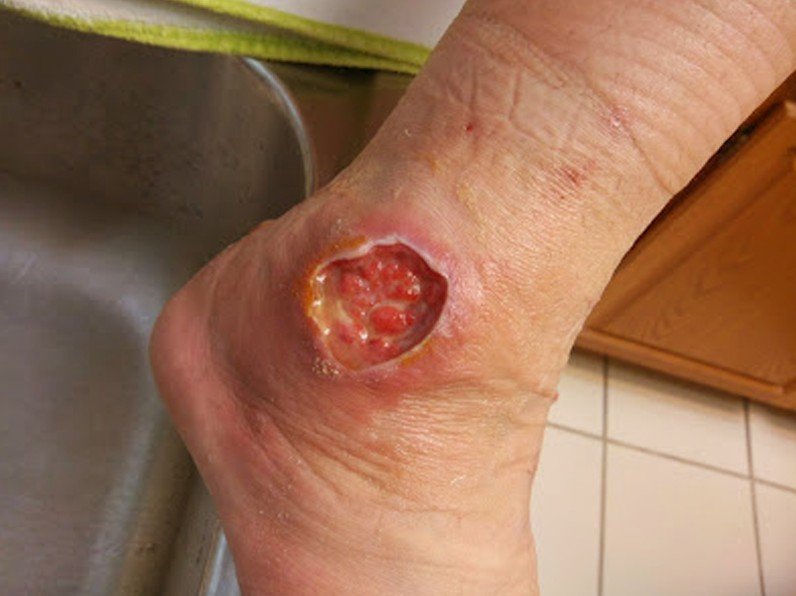Appearance
Brown recluse spiders are recognizable by their unique dark brown violin shaped mark on their cephalothorax (the portion of the body which their legs are attached to) that points backwards towards the abdomen, which is why they are sometimes called "The Violin Spider" or "Fiddler Spider." They also have 3 pairs of eyes, unlike most spiders which have 8 eyes in rows of four. Their abdomen can vary from cream to dark brown in color and it will never have two colors of pigment at the same time. They are about 3/8 of an inch long and have fine hairs on their legs.
 |
| Brown Recluse's Violin Mark |
The brown recluse is nocturnal and solitary in nature (hence its name) and they often seek shelter in dark, secluded places such as basements, garages, vents, storage shelters, and closets. It is common for them to be found in bathtubs and showers, and even in shoes and clothes. Outdoors they can be found under rocks and stones, and inside hollow trunks and barns Their loosely constructed webs serve as a retreat for the spider and not to catch prey since brown recluses hunt for their prey. Their webs are usually found in undisturbed locations such as shadowy corners.
Life Cycle
Mating usually occurs during summer months and females will produce up to 5 sacs containing around 50 eggs which hatch after a 30 day incubation period. It takes about one year for the spiderlings to reach adulthood. Brown recluses have an average lifespan of 2 years although there have been reports of the spider living up to 4 years old. They also can go for months without food or water.
 |
| Female Brown Recluse With Egg Sac |
Bite
Brown recluses are not typically aggressive and do not bite unless provoked. The bite is usually painless and the symptoms of the bite do not appear for days later and most are mild red marks that heal quickly. However in extreme cases, the bite site can develop a volcanic lesion which can leave a large open wound that can become gangrenous. Only 49% of brown recluse bites do not result in necrosis. Some victims may experience fevers, restlessness, chills, and nausea after the bite. There have been no reported fatalities from a brown recluse spider bite however the bites are more dangerous to young children and the elderly. Medical attention should be sought immediately after a brown recluse bite to prevent further infection. Treatment for brown recluse bites usually involve antibiotics, skin grafts to replace the dead tissue and antihistamines to relieve pain and itching. Sometimes it can take up to eight weeks for a severe bite wound to heal.
 |
| A volcanic leisure after brown recluse bite |

0 comments:
Post a Comment